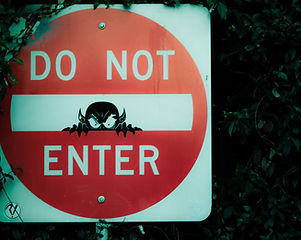top of page
Paper 1: Testimonial
Unit 3 - Programming in Sequence: 1
This unit has been designed to familiarise you with the Scratch and bring you to your targeted programming level. Please note that this unit does not assume any previous programming experience, but it does offer you the opportunity to expand on your knowledge. The main programming concepts covered in this unit are sequencing, variables, selection, and count-controlled iteration. All of the examples and activities for this unit use Scratch 3.
Topic 1 - Introduction to Programming and Sequence
Topic 2 - Sequence and Variables

2. Creating variables
-
Define a variable as a name that refers to data being stored by the computer
-
Recognise that computers follow the control flow of input/process/output
-
Predict the outcome of a simple sequence that includes variables
-
Trace the values of variables within a sequence
-
Make a sequence that includes a variable
Topic 5 - Count Controlled Iterations

5. Introduction to interations
-
Define iteration as a group of instructions that are repeatedly executed
-
Describe the need for iteration
-
Identify where count-controlled iteration can be used in a program
-
Implement count-controlled iteration in a program
-
Detect and correct errors in a program (debugging)
bottom of page





